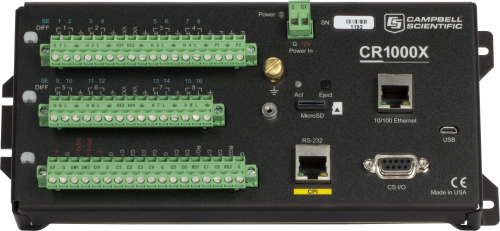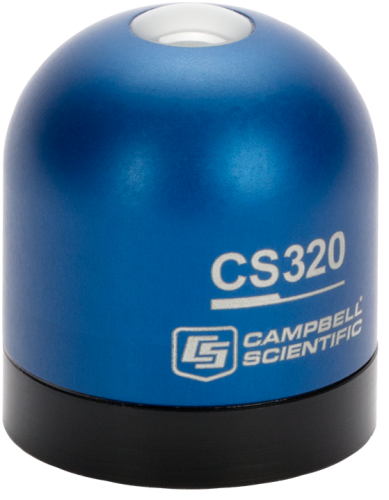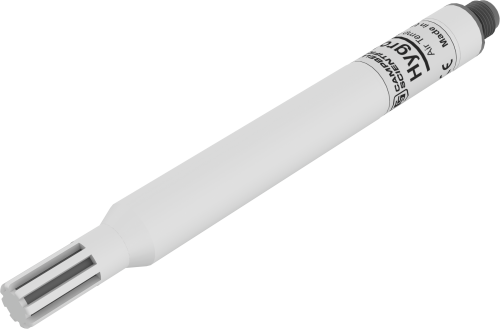How We Can Help You
Campbell Scientific provides air quality and pollution monitoring systems built around rugged, low-power meteorological stations. These are in use at refineries, landfills, construction and remediation sites, and in many other locations where particulates, gases, or even odors need to be monitored. Measurements and data acquired by these systems can be used for compliance monitoring, alarming or notification, and air-quality and dispersion modeling.
Learn moreCheck out some awesome examples of what our equipment can do in this area
Customize a System
In addition to our standard systems available, many of the systems we provide are customized. Tell us what you need, and we’ll help you configure a system that meets your exact needs.
More Details about Our Air Quality and Pollution Instrumentation Systems
Dataloggers Used in Air Quality Monitoring
Our monitoring stations are based around a programmable datalogger (typically a CR800, CR1000 or CR3000) that measures the sensors, then processes, stores, and transmits the data. Our low-power dataloggers have wide operating temperature ranges, programmable execution intervals, onboard instructions, and ample input channels for commonly used sensors. Wind processing algorithms, including the Yamartino method of computing standard deviation of wind direction, are standard in the datalogger instruction sets. Our dataloggers interface directly to most sensors, eliminating external signal conditioning.
Data are typically output in the units of your choice (e.g., wind speed in mph, knots, m/s). Measurement rates and data recording intervals are independently programmable, allowing calculation of 15-minute, hourly, and daily data values from 1-minute or 1-second measurements, for example. Atypical events can trigger alarms and cause additional data to be recorded. The program can be modified at any time to accommodate different sensor configurations or new data processing requirements. Channel capacity can be expanded using multiplexers.
Sensors, Analyzers, and Monitors
Almost any meteorological sensor can be measured by our dataloggers, allowing stations to be customized for each site. Typical sensors used on our stations include, but are not limited to: wind speed, wind direction, solar radiation, delta temperature (SRDT), air temperature, water temperature, soil temperature, relative humidity, precipitation, and barometric pressure. In some locations, hydrological sensors provide additional measurements, such as water quality of a nearby stream.
A wide range of gas analyzers can be used with our systems. Many gas analyzers output a user selectable 1, 5, or 10 Vdc signal proportional to the concentration of the gas being measured. The datalogger measures the voltage directly and then scales the voltage into the appropriate concentrations, in ppm or ppb. Control ports on the datalogger are programmed to open and close solenoids to complete the daily self-calibration. Commerically available gas analyzers measure concentrations of SO2, H2S, O3, NOX, NO, NO2, CO, CO2, CH4, and THC (total hydrocarbon).
The beta-gage type of particle sampler (PM10 or PM2.5) typically has a voltage output that our dataloggers can measure directly. Our dataloggers can also measure most flow sensors and opacity meters. On-board processing instructions use concentration and flow data to compute stack emissions.
Sensors we offer include the 05305 for wind speed and wind direction, the LI200X or CMP3 for solar radiation, and the 43347 for air temperature.
Data Retrieval
We offer multiple communication options for data retrieval which can be mixed within the same network. Telecommunication options include short-haul, telephone (landline, voice-synthesized, cellular), radio frequency, multidrop, and satellite. On-site options include storage module, and laptop computer.
Software
Our PC-based support software simplifies the entire monitoring process, from programming to data retrieval to data display and analysis. Our software automatically manages data retrieval from networks or single stations. Robust error-checking ensures data integrity. We can even help you post your data to the Internet.
Instrumentation Towers
Our UT30 Instrumentation Tower (30 foot) meets PSD requirements.
Resources and Links
Product Brochures
Manuals
Technical Papers
Case Studies
Case Studies
Landfills present many environmental challenges, ranging from odor control to groundwater quality. Continuous, accurate monitoring......read more
In 1996, Southern Peru Copper Corporation (SPCC) installed real-time meteorological monitoring stations at its various......read more
Since its beginning in 1981, the main purpose of the Community Environmental Monitoring Program (CEMP)......read more
The past few years have seen a scramble within the power industry to use more......read more
When Air Resource Specialists, Inc. needed a datalogger to withstand the remote extremes of our......read more
Thirteen Campbell Scientific weather stations collected data in the Grand Canyon area in early 1990......read more
To meet regulations that govern the nuclear industry, Westlakes Research Institute carried out a study......read more
FAQs for
Number of FAQs related to Air Quality and Pollution Instrumentation: 1
-
Most Campbell Scientific systems are built from individual components. This provides maximum flexibility for our customers, but it does not lend itself to pricing a "typical" system. Contact Campbell Scientific for assistance in pricing a system to meet the unique needs of the application.
Related Integrators
Articles and Press Releases
Privacy Policy Update
We've updated our privacy policy. Learn More
Cookie Consent
Update your cookie preferences. Update Cookie Preferences












